
Are you sometimes unsure whether you should use ‘that’ or ‘which’ in a sentence? If so, join the throng; or maybe you’ve never really thought about it. Fair enough. In many cases, both words are equally correct. However, you can keep this in mind: ‘that’ introduces essential (restrictive or defining relative) clauses, and ‘which’ introduces non-essential (non-restrictive or non-defining relative) […]
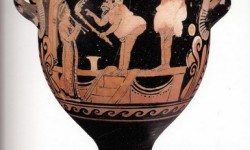
The Romans gradually conquered the Greeks during the last two centuries B.C.; it was an epic confrontation—might against culture—but Rome could not remain immune to the beauty and sophistication of Hellenic art. Ancient Greek painting and mosaics have distinguishing features which the Romans borrowed and transformed into their own brand. This artistic ‘hybridisation’ by the Romans was an attempt to […]
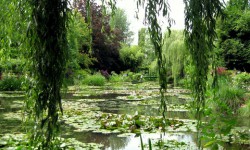
Claude Monet (1846-1926) painted water in its many forms and moods—a rough and animated sea, a misty and mysterious river, a still and reflective pond, and crisp, white snow. Monet began his water garden at his home in Giverny in 1893, and over time the plants in and around the pond grew and merged, softened and framed. In Monet’s painting, […]
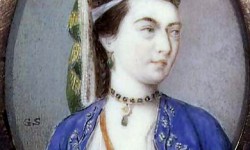
“I am now got into a new world . . . ” wrote Lady Mary Wortley Montagu (1689-1762) from Andrianople (now Edirne, on Turkey’s border with Bulgaria) on 1 April 1717. Lady Mary was an avid letter writer and I imagine that she would have loved the immediacy of communication via twitter and email if she lived today. Her direct […]
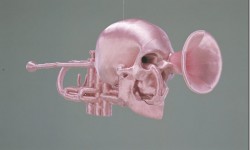
Twelve skulls, wrapped with pink silken thread, are suspended from the ceiling in the first room of the contemporary art exhibition, ‘Animate/Inanimate’, currently on show at the TarraWarra Museum of Art (TWMA) near Healesville. One skull has a spade in its mouth, another has partly morphed into a trumpet, and an iron is slammed into the ‘face’ of another— these […]
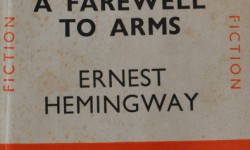
Writers control the pace and mood of their writing with punctuation; it’s an art. Commas, colons and semi-colons break a sentence into units of breath, offering the reader small chances to pause. But there is more to consider. Minimalist writer, Ernest Hemingway (1899-1961), used commas and semi-colons sparingly to create tension and maintain engagement with the narrative. Consider the final […]
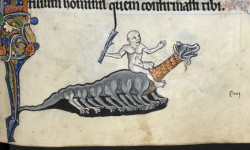
What are those rabbits doing in the border of that medieval prayer book? Is that a snail jousting with a dog? Why is a naked man riding a many-legged ‘dragon’ in the lower margin? No, your eyes are not deceiving you. This profusion of humans, animals, fantastical plants and grotesques painted in the margins of thirteenth and early fourteenth-century Europe […]
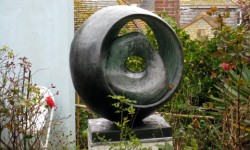
Barbara Hepworth’s garden in St Ives, Cornwall, is small and walled, but there are foregrounds and views which are framed by the ‘holes’ that pierce most of her sculptures. This place of art echoes Hepworth’s philosophy as an artist: “to infuse the formal perfection of geometry with the vital grace of nature”. A bird’s-eye view of Barbara’s ‘back-yard’ would be […]
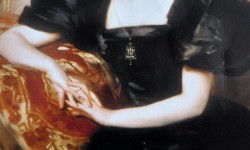
Isabel Archer is a mesmerising character . . . her creator, Henry James, made her so by allowing the reader access to Isabel’s conscious thoughts. A paragraph in ‘The Portrait of a Lady’ (1881) is frequently longer than a page, but how can there be white space on a page if a setting needs visual detail, or if Isabel hasn’t […]
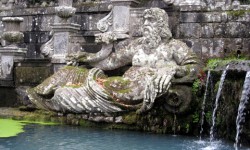
Right now, leaves are falling in my garden and the days grow colder . . . I am reminded of a day in mid-January 2009 when a wintry sky threatened rain as I approached Villa Lante in Bagnaia, about forty miles north-west of Rome. Water is a feature of this garden which was begun by Cardinal Gambara in 1568; what […]













